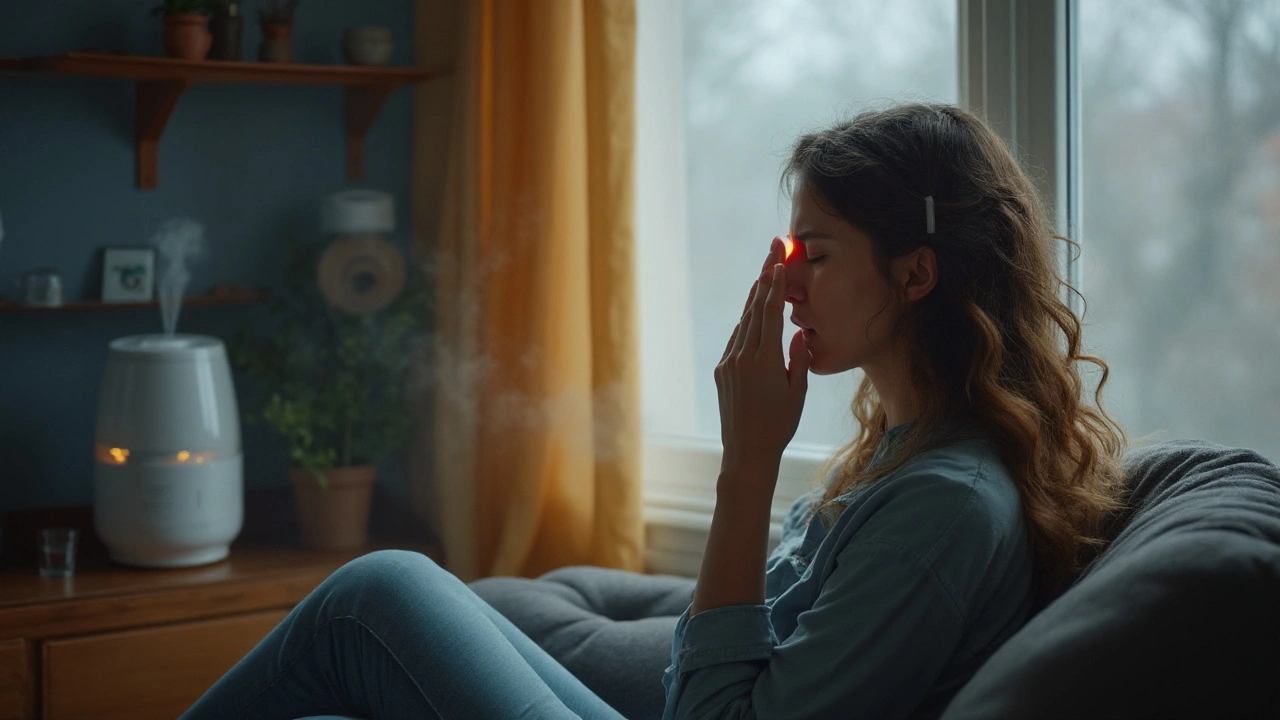Eustachian Tube Dysfunction – Quick Facts and Real‑World Relief
Ever felt a pop or a pressure change in your ear that just won’t go away? That’s often the eustachian tube acting up. The tube connects the middle ear to the back of your throat and helps equalize pressure. When it doesn’t open or close properly, you get what doctors call eustachian tube dysfunction (ETD). It’s a common nuisance, especially after a cold, during flights, or when allergies flare up.
What Triggers the Tube to Misbehave?
Most people notice ETD after a respiratory infection. The swelling in the throat or nasal passages can block the tiny opening. Allergies do the same thing – think sneezing, runny nose, and that clogged feeling in the ears. Changes in altitude, like on an airplane or driving up a mountain, force the tube to work harder to keep pressure balanced. Even loud noises or sudden changes in humidity can irritate the tube.
Key Symptoms and When to Pay Attention
The most obvious sign is a feeling of fullness or pressure in one or both ears. You might hear a muffled sound, experience occasional clicks, or notice a ringing (tinnitus). In some cases, fluid builds up behind the eardrum, leading to temporary hearing loss or a feeling like you’re underwater. If you get severe pain, sudden dizziness, or a fever, those are red flags that need a doctor’s eye.
Most of the time, ETD clears up on its own in a few days. But if the problem lasts more than a week, or you keep hearing that “blocked ear” feeling, it’s worth checking in with a health professional. Persistent fluid can lead to infections or damage the eardrum over time.
Simple Home Tricks to Unblock the Ear
Try the classic Valsalva maneuver: close your mouth, pinch your nose, and gently blow as if you’re trying to clear your ears. Don’t overdo it – a soft push is enough. Swallowing, yawning, or chewing gum also helps open the tube naturally. A warm compress placed over the ear for a few minutes can relax the muscles around the tube and ease pressure.
If you suffer from allergies, an over‑the‑counter antihistamine or nasal spray can reduce swelling and improve tube function. Staying hydrated keeps the mucus thin, making it easier for the tube to clear. Avoiding smoke, strong odors, and sudden temperature changes can also prevent irritation.
When Professional Help Is Needed
Doctors may prescribe a short course of oral steroids to cut down inflammation if home care isn’t enough. In some cases, a specialist (ENT) will use a tiny balloon – called balloon sinuplasty – to gently open the tube and keep it from collapsing. For chronic fluid buildup, they might insert tiny tubes called ventilating tubes to drain the middle ear.
Remember, self‑treatment works for mild, short‑term ETD. If you notice recurring problems, persistent hearing loss, or ear discharge, schedule an appointment. Early treatment can prevent complications and get you back to clear hearing faster.
Bottom line: eustachian tube dysfunction is usually a temporary annoyance, but it can become a bigger issue if ignored. Use simple tricks like swallowing, gentle Valsalva, and allergy control to help the tube do its job. When symptoms linger, get professional advice – the right treatment can make all the difference.
Meniere’s Disease and Sinus Infections: What Links Them and How to Manage Flares
Do sinus infections trigger Meniere’s flares? Clear answers, how to tell, and a practical plan to prevent, calm, and treat episodes-backed by current ENT guidance.
Read more